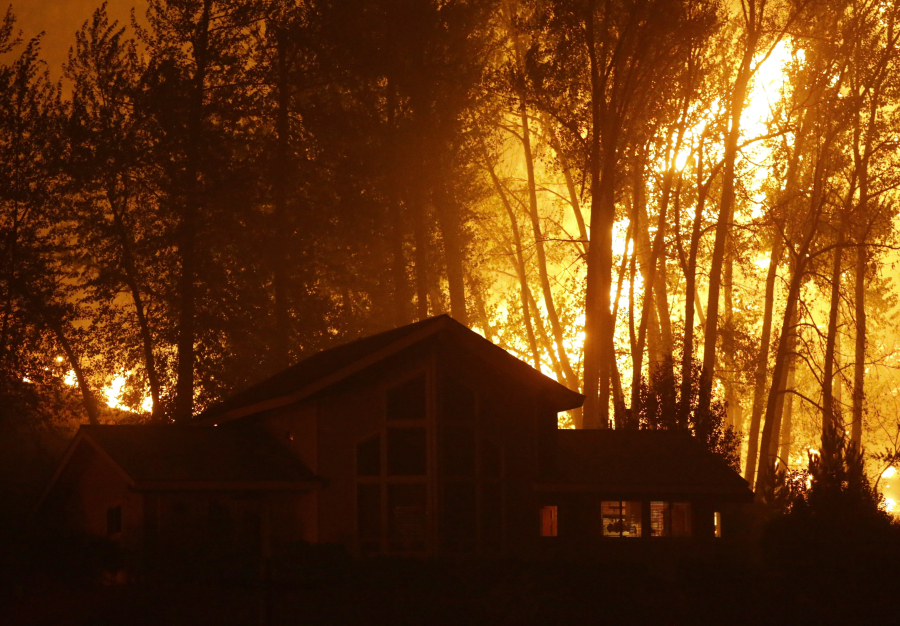Following last year’s Northwest fire season that burned an area larger than the state of Delaware, early forecasts indicate the region should see a relatively normal wildfire season.
John Saltenberger, a meteorologist at the Northwest Interagency Coordination Center, said forecasters’ outlook leans toward a typical fire year in Oregon and Washington, even with expected hot weather.
Worldwide, 2016 had the warmest April on record, and the six months preceding April also saw record-breaking heat, according to NASA. Saltenberger said climate forecasters expect that pattern to continue, resulting in above-average temperatures through much of the West.
Even though record-breaking heat has dented the snowpack that built up over the winter, enough precipitation and an expected cooler and wetter last half of May could help push back the fire season, he said.




